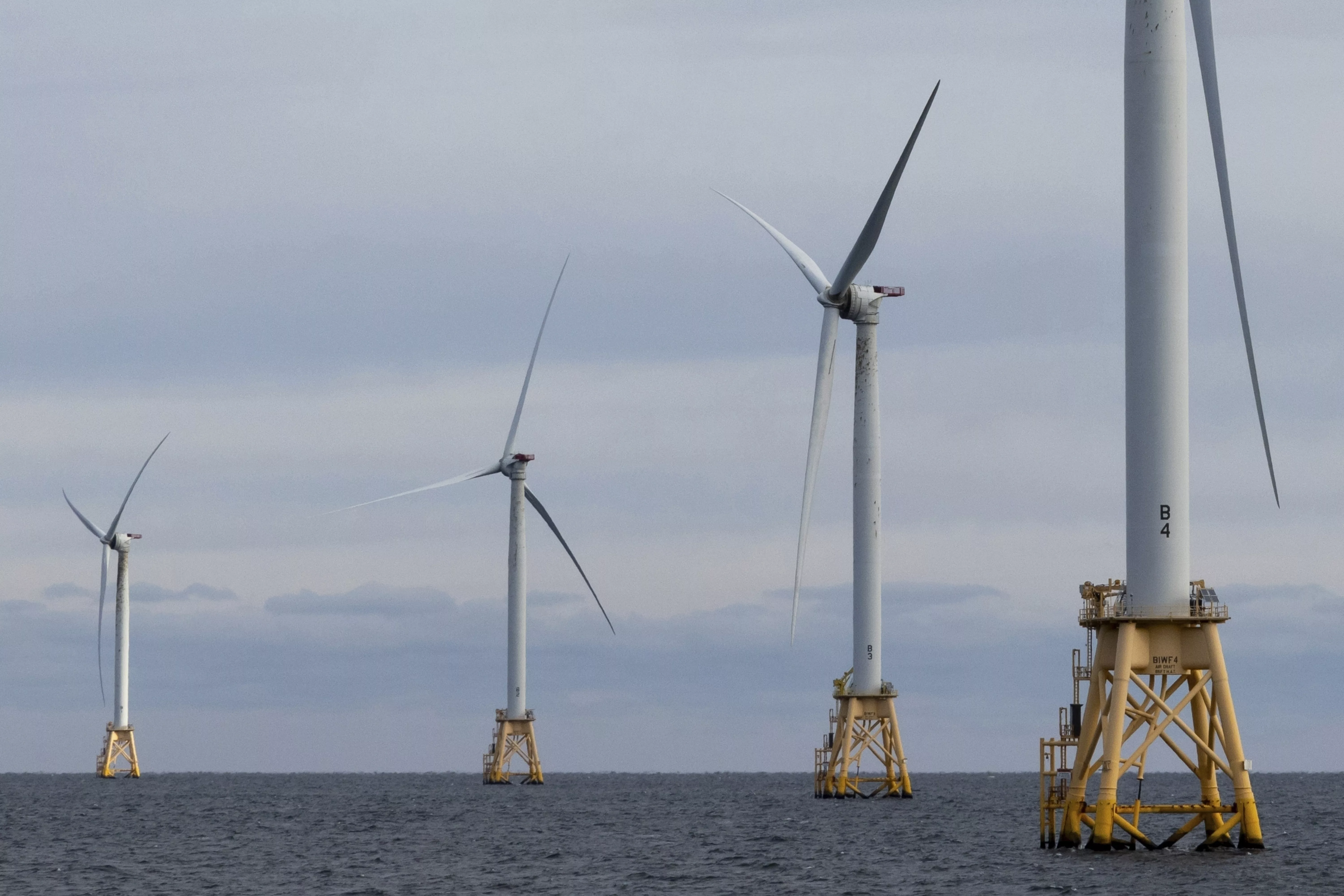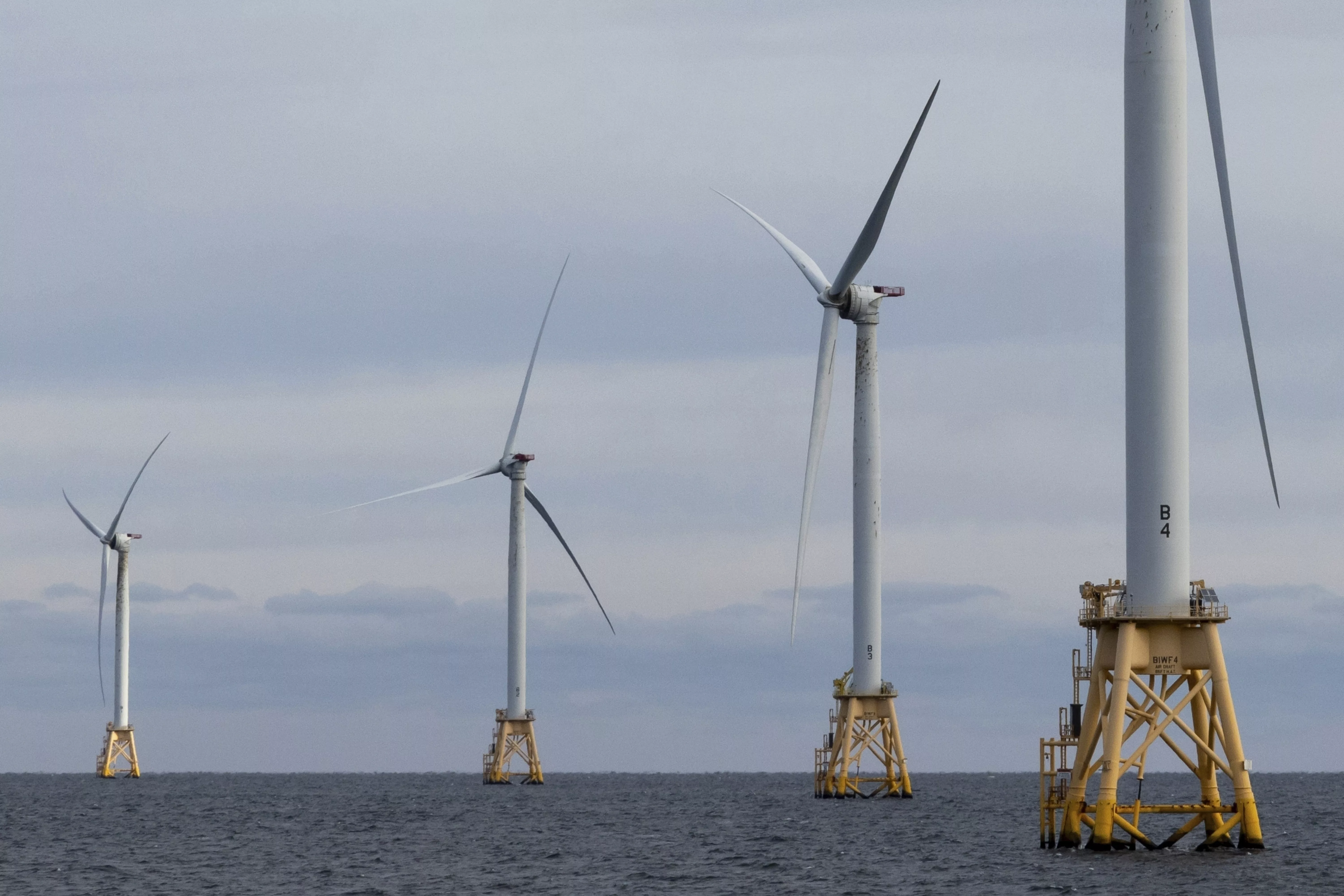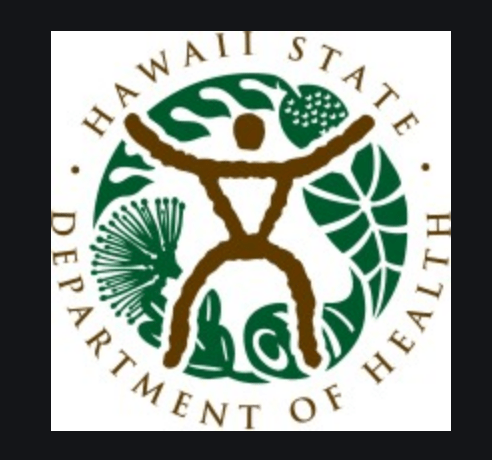Noted Hawaii economist Paul Brewbaker has met with members of the West Hawaii Association of Realtors (Kona based) and the Hawaii Island Realtors (Hilo based), along with members of the Kaua’i Association of Realtors and the CEO of Hawaii Information Service, to share his insights on the impact of COVID-19 on the Hawaii economy, the real estate market, and prospects for Kauai and Hawaii Island specifically.
More than 500 members of the realtor associations attended via videoconference.
Brewbaker said the real estate market on both Kaua’i and Hawaii Island had been strong until the sudden downturn because of COVID-19.
He discussed the COVID-19 pandemic as a “Black Swan” event — rare, unpredictable, and impactful, like the Sept. 11 terrorist attacks in 2011, the collapse of Lehman Brothers in 2008, and the global equity market meltdown in late 2018 as the result of the U.S.-China trade war.
“These events are worth remembering,” Brewbaker said. “They’ve never been as big as the one we’re experiencing right now, but when things go back to normal, normal will still have these shocks.”
He noted that Hawaii had just had its own “Black Swan” event with the 2018 eruption of Kilauea’s east rift zone in Puna.
Brewbaker talked about what the future would look like for Hawaii real estate.
“If you say you’re doing forecasting right now, you’re not,” he said, noting that the current situation is of a scale never before observed. “But I would expect a pull back in sale volumes and some compression in valuations.”
He was also optimistic about some of the changes seen across the industry, such as transaction acceleration through paperless, all-digital tools, and the adoption of virtual tools for property showings and other work. We might also see shift toward less dense, less urban communities, he said.
When asked when things would stabilize in a “new normal,” Brewbaker said a lot depends on what Hawaii does right now. “If we get the daily case counts down, we implement contact tracing, isolation, and quarantine, maybe in a year — maybe in 18 months — we’ll reach the day when a version of herd immunity or a vaccine becomes available,” he said. “But my own impression is that the state is not leading as much as following, and not following fast enough.”
Brewbaker provided the following five key takeaways:
- Hawaii COVID-19 case counts are responding to social distancing and sheltering-in-place protocols, “bending the curve” in successful mitigation, leading to a possible stabilization by May, at which time risks of revived pandemic infection will have to be managed (contained).
- The sudden emergence of Hawaii’s coronavirus infectious threat precipitously decreased new home listings for sale, international and domestic travel, and interest rates, and has also disrupted supply chains and clouded the investment outlook, even for ongoing construction and development.
- Big Island regional and Kauai housing markets were in a relatively stable, extended trajectory of modest, single-digit annual price appreciation and sales volume growth. This trajectory will be disrupted by the sudden stop associated with the novel coronavirus, but it can still serve as a reasonable longer-term benchmark for housing market returns on investment during the inevitable recovery.
- Among the lessons from the global influenza pandemic from one century ago (1918-’19) are the facts that recession can be sharp but comparatively brief, that risk of second or subsequent infection waves must be taken seriously, and that it’s easy to forget how the risks of Black Swan events are ever-present.
- With tourism as Hawaii’s principle export, and primary channel of transmission of the pandemic’s economic effects abroad (although not infection, 80 percent of which in Hawaii was introduced by returning residents), prior experience does not compare in magnitudeof economic impacts, but does offer insights into the V- and U-shaped nature of these experiences.
Kehau Costa, Executive Director of the Hawaii Island Realtors Association in Hilo, said a big concern is what happens relative to mortgage foreclosures and evictions because of unpaid rents. She said during the 2008 financial crisis, that became a significant problem for the Big Island.
For the entire presentation, click here:
http://www.konarealtors.com/news/8900560





